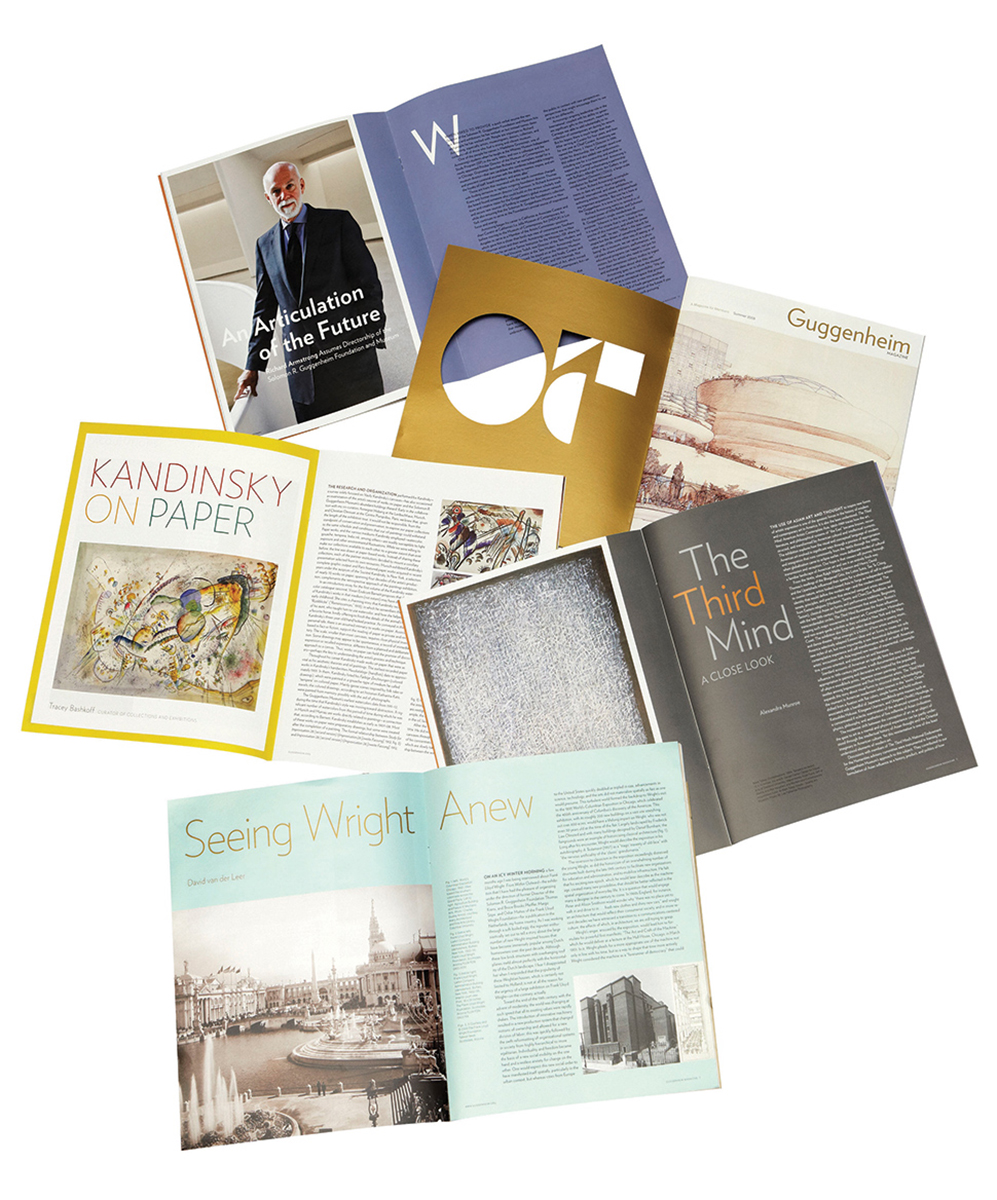

#ANOTHER WORD FOR KUDOS HOW TO#
creating space for self-improvement (architecture, new technologies, tools, authority to decide how to implement a solution).team organization (self-organizing teams, pull system, continuous improvement),.purpose of the job (project and product vision, goals, knowing the client and their needs),.So how can you motivate people in an industry like this?įirst, people defining the work should think about: In the book Drive, Daniel Pink shows that in creative industries, like IT, people are more motivated by Purpose, Autonomy and Mastership, rather than money. IT industry is often viewed as something boring, but more and more people break the stereotype showing that developing any application takes a lot of creativity. Can you motivate people without side effects? They cared more about the outcome than the process and were willing to use shortcuts and other undesirable practices. In this case researches showed that when participants anticipated a reward, their attention shifted from the task itself to the reward. Similar findings were shown by Julia Hur and Loran Nordgren in an experiment aimed at effects of reward on performance.

Study indicates that small everyday displays of gratitude and appreciation are more important and effective than financial rewards or expensive gifts. However, a simple “thank you” gave the feeling of satisfaction to 70% of interviewed employees.

A study from Workforce institute at Kronos Incorporated showed that over 70% of employees felt more motivated after receiving financial reward only for less than 6 months. This model implied by associative learning found in most animals, is proving to be ineffective. Companies use financial rewards as means of motivation, trying to make their employees work faster and be more effective. Typical association “reward = more motivation” is something we are taught from elementary school, but it often results in caring more about the grade than about understanding the subject. Why are Kudo cards better than financial reward Kudo cards help you break this barrier and teach you how to give gratitude. Reasons causing this may vary lack of time, not wanting to bother or we just simply don’t realize what effect a simple thank you can have. It doesn’t seem like saying a simple “thank you” to someone might be difficult, we still struggle to do so. Receiving a Kudo can motivate and shows appreciation.Īn important part of exchanging Kudo cards is showing gratitude and giving credit. Kudo cards present a simple way to break the traditional hierarchical organizational structure in company. Kudo cards create space for the team to decide how they want to give and receive feedback and are in general a great activity to motivate disengaged teams. They should make life in the office a little more interesting. Kudo cards can be anything you want them to, you can make them a little more serious or use them as a fun activity with some jokes between coworkers. They are small cards with predefined text like “Thank you”, “Awesome”, “To improve”, that help you show gratitude or give fair criticism to a coworker.Īnyone can write a Kudo and dedicate it to anyone, you can even make one for the whole team. The word “kudo” comes from Greek and means “praise”, which is exactly what Kudos are meant for. Kudo cards is a technique described in Management 3.0 designed to help deliver feedback and motivate people in the right way. To get feedback you probably do retrospective once a sprint, but there are other activities that can provide ideas at any time, motivate and “spice up” your retro all at once. Being agile means receiving feedback, accepting it and changing.


 0 kommentar(er)
0 kommentar(er)
